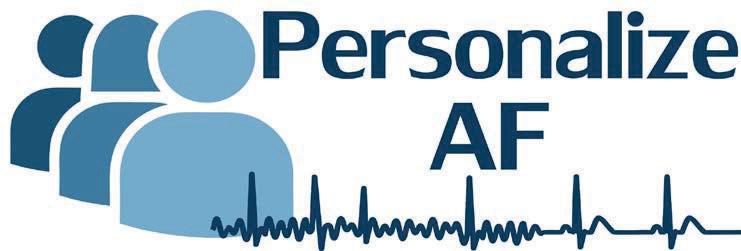SUMMARY
A 46-year-old man, originally from Iran, with no relevant medical history, was admitted with intermittent acute colic pain in the lower abdomen with nausea and vomiting over the past few weeks.
STUDENT DISCUSSION
Cilie C. van ‘t Klooster,* Jan J. Uil, Joep van der Leeuw, Elaine F. Eppens, and Susanne C. Marczinski
Ziekenhuis Gelderse Vallei, Ede, the Netherlands.
*Address correspondence to this author at: UMC Utrecht, Heidelberglaan 100, 3584 CX, Utrecht, the Netherlands. Fax 887-555-639; e-mail cilie.vantklooster@gmail.com
Case Description
A 46-year-old man, originally from Iran, with no relevant medical history, was admitted with intermittent acute colic pain in the lower abdomen with nausea and vomiting over the past few weeks. On physical examination, the patient had lower abdominal pain without guarding. Laboratory findings showed a microcytic anemia, a heterozygote β-thalassemia, mild leukocytosis, and slight liver enzyme activity increase (Table 1, case 1). Hepatitis, cytomegalovirus, and Epstein–Barr virus were negative. Ultrasonography and computed tomography scan of the abdomen did not suggest liver, kidney, or pancreas disease, and gastroscopy and colonoscopy revealed no pathology. The patient denied substance abuse. The symptoms improved spontaneously and the patient awaited further diagnostics in the outpatient clinic. Within 1 week, the patient returned with similar symptoms.

Another 42-year-old man, originally from Iran and with no relevant medical history, presented with similar complaints of acute diffuse colic abdominal pain with nausea and vomiting. Viral serology was negative. The patient denied substance abuse. Considering a gastric ulcer, a gastroscopy was performed that showed no abnormalities. Doppler ultrasonography of the abdomen was negative for liver, kidney, or pancreas disease, or mesenteric ischemia. On the basis of the symptoms, porphyrin analysis was performed, with the following results: ALA concentration was increased at 79.6 mmol/mol of creatinine and the free erythrocyte protoporphyrin concentration was also increased at 126.3 μg/dL (reference interval 0–65 μg/dL). The patient’s gums revealed Burton’s lines. Unknown to the medical team at the time, the 2 patients were friends.
Questions to Consider
- What are the main causes of microcytic anemia?
- What are the diagnostic tests for acute intermittent porphyria?
- Which secondary porphyria can mimic acute porphyria?
Final Publication and Comments
The final published version with discussion and comments from the experts appears in the December 2017 issue of Clinical Chemistry, approximately 3-4 weeks after the Student Discussion is posted.
 Restricted IgG-Alpha-Heavy-Chain Bands
Prev post
Restricted IgG-Alpha-Heavy-Chain Bands
Prev post






